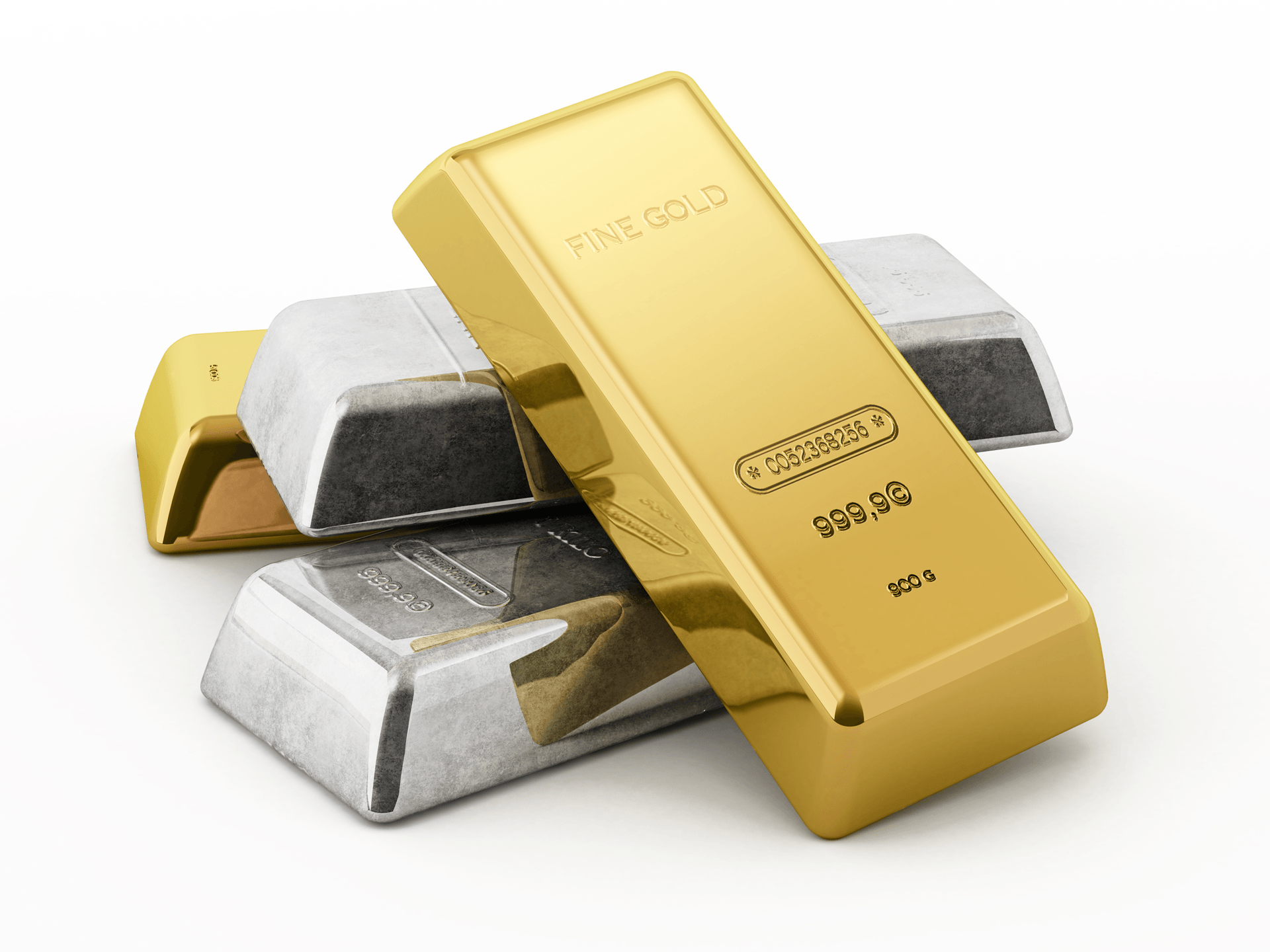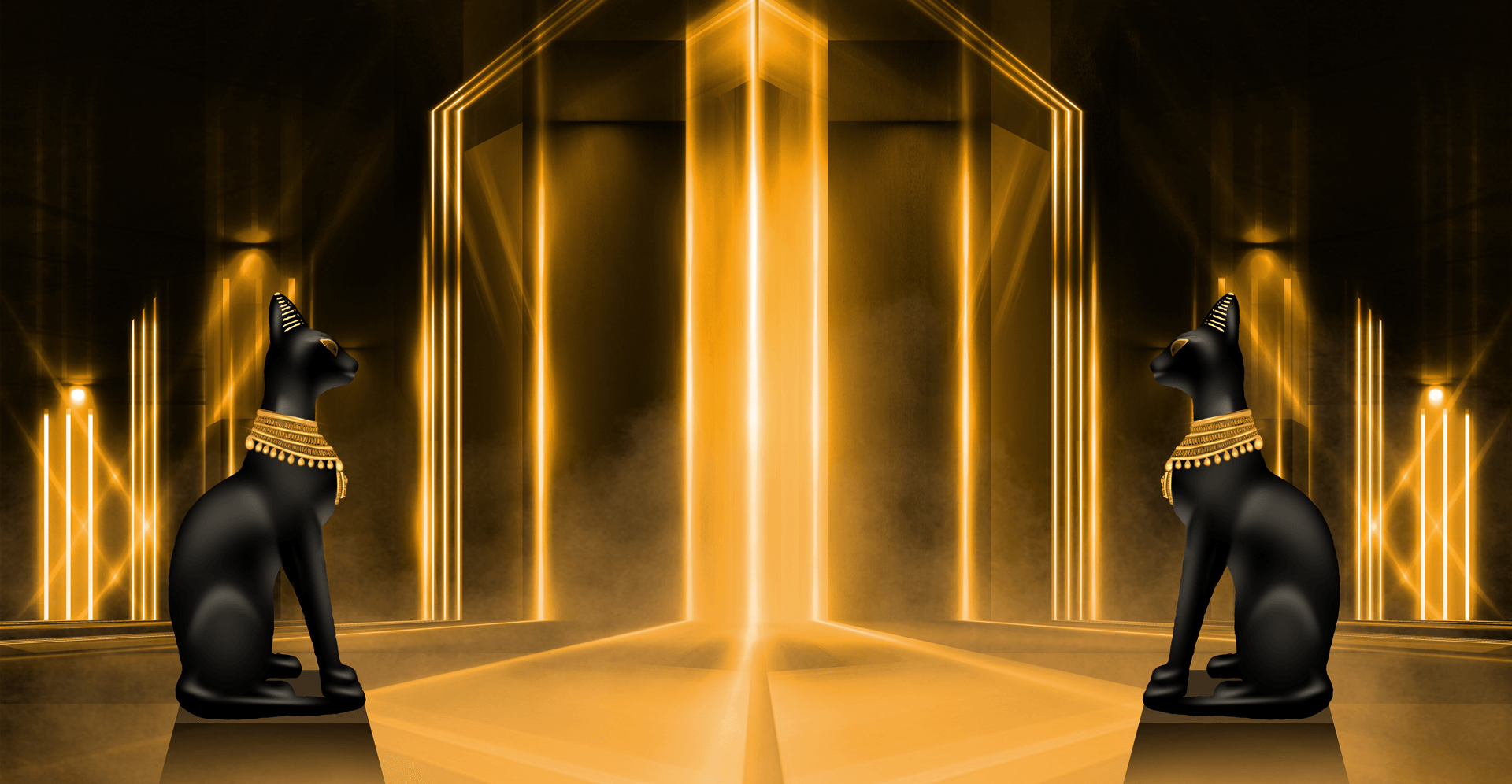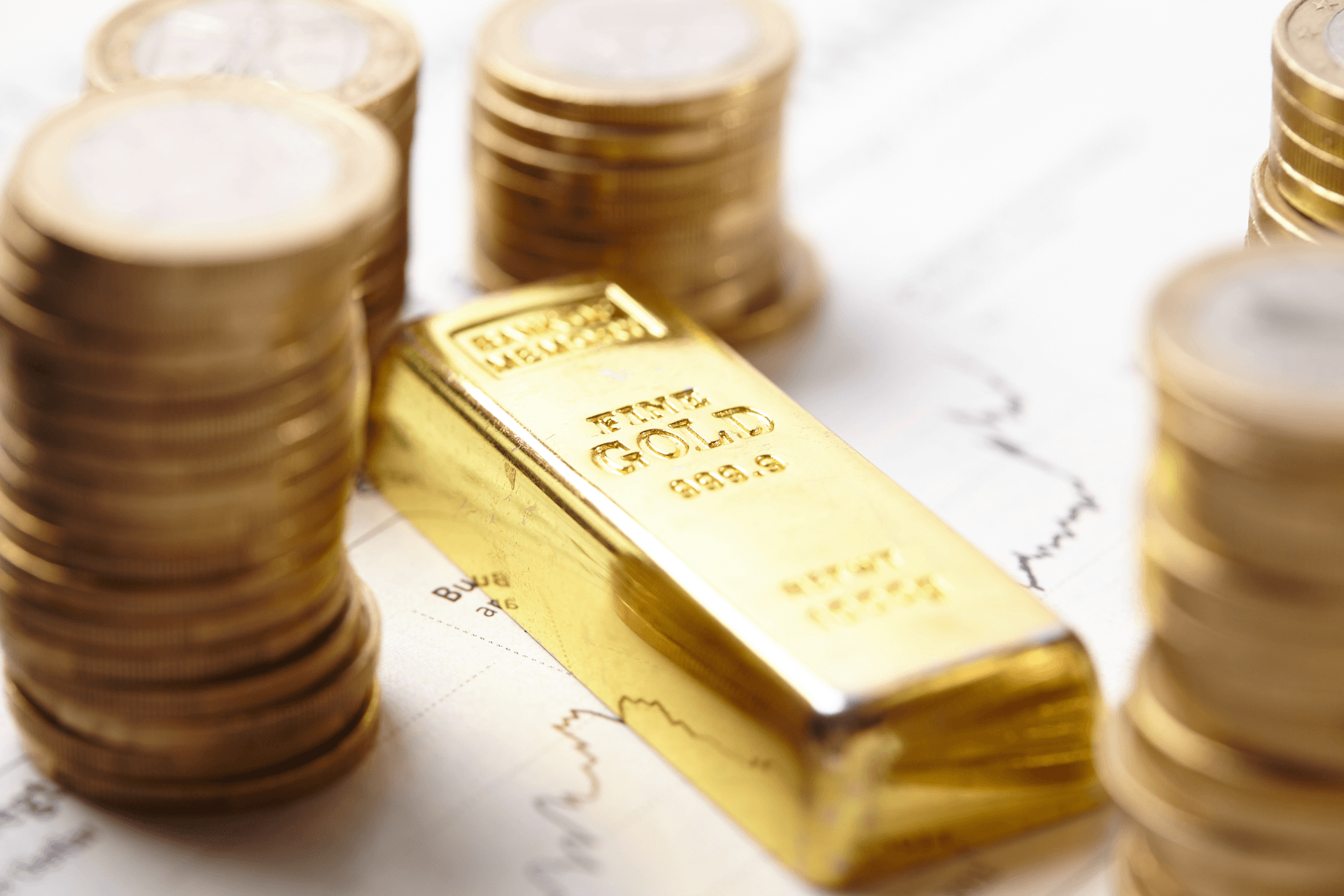How Rare Is Rare?
July 14, 2020
What Does It Mean If A Coin Is Rare?
In practice, "rare" is a relative term whose interpretation varies when applied to different series. For example, consider the original mintages and estimated surviving specimens of 1893-S Morgan dollars and 1872-CC Seated Liberty dollars. The mintage for the 1893-S is 100,000, of which 6,100 to 12,200 survive; the mintage for the 1872-CC is 3,150, with 150 to 200 survivors. Yet, the 1893-S frequently is referred to as rare in advertisements, while the 1872-CC is not. For instance, examples of each were included in the John F. Rindge and Alan J. Harlan collections auctioned by Bowers & Merena Galleries in December 2003. The description of Lot 2279 reads in part, "1893-S VF-30 (NGC). Another circulated example of this rare date" [emphasis added]. Lot 2043 is an 1872-CC dollar described as "scarce," not rare, even though it is much more challenging to locate.
In the September 25, 2003, Orleans Sale, held by Kingswood Coin Auctions, Lot 603, is called an "1893-S VG8 (NGC). A moderate grade for this rare date" [emphasis added]. However, in Kingswood's August 8, 2002, Jackson Sale, Lot 1636, is an "1872-CC VF30 (PCGS) ... a handsome example of this scarce issue" [emphasis added]. Certainly, "rare" is not used in all auction descriptions or advertising text for the 1893-S dollar. In many cases, it is termed scarce or a key date in the Morgan series. The 1872-CC dollar sometimes is listed as rare or as a rarity in the series. The inconsistency shows the lack of a fixed numismatic definition. Auction catalogs are wonderful products that provide history, pedigrees, and descriptions. Many catalogs belong on the shelf of every serious numismatist's library. However, some published material is, by necessity, subjective in nature. A potential buyer considering a lot offered as 'A stunning rainbow toned coin!" might find the toning to be quite ugly. Such descriptions simply are a matter of individual taste, and toning falls into that category. Are the terms rare and scarce, likewise subjective?
Are any coins truly rare by objective measures? Do we use the term to describe a coin with lower than average mintage ... or lower than expected survival rate? Should there be a more objective, precise definition?
Puffery vs Solid Information
It is rather easy for collectors to think of the key dates of a coin series as rare, especially when looking at the classic types of the early to mid-20th century. However, a critical date that is more highly prized in the marketplace isn't necessarily rare. Take the Eisenhower dollar series. It could be argued that the key date is the 1973-S silver proof (the "brown box" coin). It is silver, it once skyrocketed in value to well above $100, and it has the lowest mintage in the series. But, does anyone really consider this coin, with a mintage of more than a million, as rare? Probably not, but 100 years from now, perhaps it will be described as such.
The words "Rare Coins" are included in the names of many numismatic businesses because the object of any enterprise is to attract the consumer's attention. Exaggeration and puffery in advertising are not only perfectly legal but also expected. If we do not have a clear numismatic definition of a term, then its use in advertising falls into the area of puffery. But if "rare" is applied when tens of thousands of examples are available to the public, we must be skeptical, just as we are of adjectives such as "new," "improved," "stronger" or "brighter" in ads for everyday household products.
What Is Rarity?
Many rarity scales have been devised for specific coin series or other areas of numismatics. One of the best known is the Sheldon Scale developed initially for early large cent varieties. Other rarity scales have been applied to Capped Bust half dollars, Civil War tokens, patterns, errors, and chopmarked coins; author/researcher Q. David Bowers developed a Universal Rarity Scale. Although this list is not all-inclusive, it is helpful to compare their similarities and examine their differences in finding where to draw the rarity line.
Since a number of rarity scales grew out of the Sheldon version, they are similar in many respects. Most do not recognize an item as rare until 100 or fewer pieces are known. However, Alan Herbert uses 1,000 or less, while for Civil War tokens, this cutoff point is 20 or less. Much of the difference stems from the number of enthusiasts in a given field. Since there are fewer collectors of Civil War tokens than of early large cents or Capped Bust half dollars, the scale for Civil War tokens has a lower point for terming a piece rare. But what happens if there is an upsurge of interest in Civil War tokens? Should the rarity scale be revised even though the number of tokens has not changed? Or should we be concerned only with absolute numbers known?
Absolute vs Condition Rarity
Although we have examined "rare" in an absolute sense and have not drawn a line in the sand, we certainly can see that if more than 1,000 examples of an item are available, then it generally is not considered rare. However, we must address "condition" or "grade" rarity when very few examples of an item exist above a certain grade, while it clearly is common in lower grades. Condition rarity usually is reflected in extremely large price increases from one grade to the next. Condition rarity certainly exists. Look at the 1896-0 dollar. It has a mintage of 4,900,000, and it is quite common in circulated grades. However, fewer than ten specimens are estimated to exist in Mint State (MS)-65 or higher condition. It is listed in the December 2003 Coin Values at $25 in Extremely Fine-40, $7,250 in MS-63, $45,000 in MS-64 and $165,000 in MS- 65. As you can see, large spreads in value can be based on very small differences in perceived quality.
Be cautious if you venture into the area of condition rarity. For example, a hoard containing high-quality examples could appear on the market. Another often overlooked but much more likely risk is that the MS-65 you purchase today will be valued only as an MS-63 or MS-64 in a different market cycle. Regardless of third-party grading's influence on the numismatic marketplace, grading remains much more an art than a science. Five experts might agree today that a coin is MS-65, but tomorrow the same group might see it as MS-64. This can make a tremendous difference in the value of the grade rarity you purchase.
Another concern with grade rarity relates to more modern issues. We have a reasonably good handle on the number of high-grade examples of 1896-0 Morgan dollars, but what about Proof (PR)-70 1963 Lincoln cents? Clearly, the cent is a common coin, and a particularly nice example might be worth $5. Yet, recently a PR-70 example sold for more than $30,000! The bottom line is a coin is worth exactly what a knowledgeable buyer is willing to pay for it from an equally knowledgeable seller. Perhaps $30,000 is the correct market value for this coin. But what if we could examine all 1963 Lincoln cents that have never been considered for third-party grading? If we found additional PR-70 coins, would their value be the Coins such as the 1916-D Mercury dime and 1909-S VDB Lincoln cent probably should be called "scarce." same? Not likely. Ultimately, you have to ask yourself whether you are willing to spend large sums for what is currently known as the highest-grade coins or if you are satisfied with a coin a grade or two lower with significant eye appeal, costing a fraction of the grade rarity.
Rarity vs Value
I suggest that rarity should stand on its own and not necessarily relate to value or price. If you have a unique numismatic item, you certainly have a rarity. However, it is not necessarily valuable. Value is a function of condition, demand, and how many exist. For example, examine the 1914-S Barber quarter and the 1916-D Mercury dime. They each have a mintage of 264,000 pieces and were made at essentially the same time. Yet, according to the 2004 edition of the "Red Book" (A Guidebook of United States Coins), in EF-40, the 1916-D dime is valued at $2,500 and the 1914-S quarter at $375. Or compare the 1913 Barber quarter and the 1909-S VDB Lincoln cent. The quarter has a mintage of 484,613, the cent 484,000; yet in Very Fine (VF)-20, the cent is listed at $625 and the quarter at $140. Clearly, value is not directly related to absolute rarity; consumers determine it. The 1916-D Mercury dime is valued more highly than the 1914-S Barber quarter dollar with the same mintage. If the number of Barber quarter collectors increases significantly, then we could expect to see prices rise for dates such as the 1914-S. On the other hand, if no new collectors enter the hobby or if novices are interested in different series, then it is entirely possible that prices will decline for "rare" dates such as the 1916-D. I am not trying to frighten anyone away from collecting a particular coin series, such as Mercury dimes. In fact, I believe they are beautiful coins and make a wonderful collection.
I am trying to point out that these coins are not really "rare" and that without a significant collector base, their price would necessarily drop. Look around any medium- or large-size convention, and you will find many examples of the 1916-D dime, 1909-S VDB cent, and 1921 Walking Liberty half dollar offered for sale. If we define "rare" as does Webster's New Collegiate Dictionary ("seldom occurring or found"), then none of these coins fit the description. Or take my earlier 1893-S Morgan dollar example-five specimens recently were offered in the same auction! How rare can they be with that many examples up for sale at one time? But try to find a 1817/4 Capped Bust half dollar, and you will discover a truly rare coin!
Standardizing the term "rare" in the hobby would, in effect, provide many of the same benefits that have come from the standardization of grading. Yes, grading is controversial and not "precise," but the standards in place today certainly serve the collector better than the "anything goes" atmosphere that existed in the past.
Where do we draw the rarity line? I am perfectly willing to see this issue debated and then have a consensus of the collecting community decide. Should it be less than 100 known? Less than 500? Less than 1,000? If we define "rare" as "seldom found," we can't go much above 1,000 and should stay below it.
If the term "rare" is to have any real meaning, then most of us, by definition, collect "common" and "scarce" coins. While that may be troubling to collectors who thought they were assembling a set of "rare" coins, upon reflection, it should be a source of comfort. After all, if the supply of an item is insufficient, then it is impossible to generate interest in it. Collecting common or scarce coins provides enough supply to feed demand, and demand produces new generations of collectors.
Ideally, assembling a collection should be challenging, but not impossible. If we looked only for that "rare" item, we would be quite frustrated. Instead, common and possibly scarce coins provide us pleasure and relaxation. So celebrate them as an important part of our hobby. Recognize that while it is genuinely wonderful to fantasize about rare coins, we will never be able to own very many of them.



